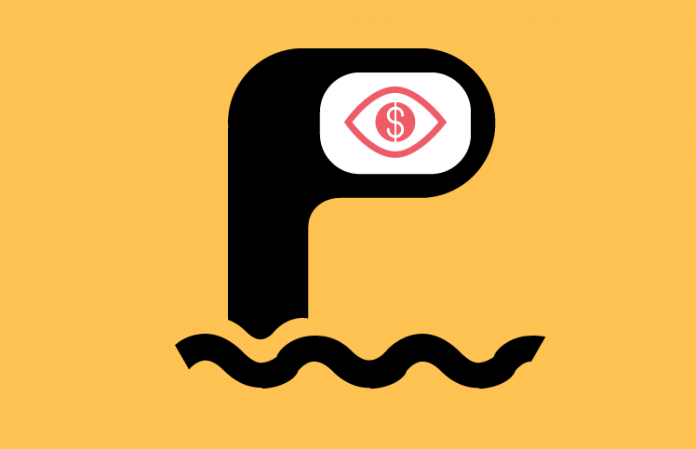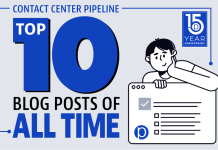
Which types of contact center training produce the best ROI? In our recent Contact Center Training Special Issue, we asked experts from the leading contact center training providers for their views. Here is what Nina Kawalek, Chief Executive Officer of the RCCSP Professional Education Alliance, had to say.
Focus on training topics that directly improve utilization of the center’s current investment in frontline resources. Training topics that impact agent call handling efficiency nearly always produce a positive, measurable ROI.
A quick training module on schedule adherence, for example, what that means, why it’s important in a contact center, and the impact of adherence on ASA and customer satisfaction, can produce an immediate change in behavior and improvement in agent adherence. Because both the agent time recovered and agent’s compensation rates are known, this is an area where you can easily compute ROI and cost-justify your training efforts.
To compute the ROI, measure the attendee’s adherence rates before and after the training, compute a compensation dollar equivalent for available time recovered, and compare it to the cost of developing and delivering the adherence training. Typically, an immediate return can be seen. More importantly, if your training produces a longer-term change in behavior as one would expect, those savings recur far into the future.
Another training opportunity with easily calculated positive ROI is Contact Center Professional Training and Certification on advanced call control and call-handling skills. This is different from online self-study modules and How to Handle Difficult Callers classes. Agents skilled in advanced call control techniques have learned to zero-in on callers’ internal quality perception drivers, those subconscious expectations on which callers’ base their assessment of a quality experience. Agents who display behaviors that actively target the customer’s quality expectations increase customer satisfaction and reduce talk time. The result is a reduction in average handle time with increased customer satisfaction. The instructor-led workshop environment is important to competency-based training programs where participants must practice to master call control skills.
Participants in advanced call control techniques also learn scientifically proven skills for assessing caller communication styles. This makes agents more adept at regaining and maintaining control of interactions, managing stressful interactions, and even correctly interpreting non-verbal cues known as paralinguistics. A skilled contact center professional can learn how to be a vocal chameleon, adapting to each caller’s preferred style, and speeding along the communication. Adaptive Communication Skills—how to quickly assess and adapt to customers’ preferred communication styles and process preferences—does optimize talk time. The payoff can be seen in reduced handle time, which, when multiplied by agent compensation, reveals a hard-dollar savings in compensation cost per call.
Measure average talk time before and after advanced Contact Center Professional Certification training, compute the reduction in compensation cost per call, and compare that to the cost of the training. Voila! Immediate, measurable ROI.
Download the Contact Center Training Special Issue for more insights.



